Mento's May Mastery '16: Day Twenty-Nine: Super Motherload
By Mento 0 Comments
Super Motherload
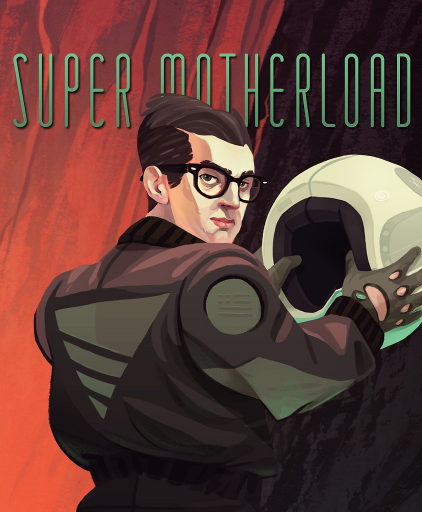
Oofa doofa. It's been a while since I ragequit a game and immediately uninstalled it, especially so close to its end. Wait, is this the exact opposite of "burying the lede"? No, not digging up the lede, I wasn't trying to be cute there. What I mean is, I should probably start from the beginning.
Super Motherload is a truly unfortunately-named (they know it's motherlode, right? Or was the MILF insinuation deliberate?) digging cycle game from XGen Studios which, like Team Meat with Super Meat Boy, takes an earlier flash game produced by the same studio and greatly fleshes out the concept with considerably more content and a graphical facelift, and then adds "Super" to its title to designate the change. Digging cycle games are what I've tentatively named a specific sub-genre in the Indie world where the player is given the tools to dig under the earth, and must occasionally return to the surface to cash in all the ore and valuables they found, using that money to replenish their resources and buy upgrades before resuming the dig. There's been a few of these games in recent memory - the most famous of which is probably SteamWorld Dig (or, well, Minecraft), though I'm partial to Full Bore and the way they built diabolical brainteasers around the concept. Back in 2004, Motherload was on the cusp of this burgeoning genre, maybe even its originator, and when Super Motherload followed it a mere nine years later in 2013 it had been well and truly established. For me, this type of game fits snugly along with hidden object games and an easy-to-master puzzle game like Picross: when done right, it produces a slow endorphin drip of repetitive but engrossing gameplay that can be a salve after, say, completing the majority of a taxing month-long daily blog series.
The game has this whole Soviets vs. Americans Cold War presentation that doesn't quite materialize in the single-player, but I'm sure gets more focus in the multiplayer if there's two separate teams competing for resources. The player lands on the planet of Mars as a member of a shady corporation, and as they descend through the various sub-bases put there for the purposes of refueling miners and performing scientific study on the planet's mysteries they overhear various troubling reports of people going crazy and everything mysteriously breaking. A trope as old as The Lord of the Rings, there's always something darkly fascinating about a "we dug too deep" plot, as the game's early cheerful mega-corporation "we're only pretending to care about your well-being, get back to work" satire gives way to something more sinister as you continue to dig deeper beneath the planet's surface and put together the mystery behind the sabotages piece by piece.
The basic flow of the game is similar to anything else in this genre - find ore, fill up on ore, get back to surface to cash ore in, buy upgrades if you can afford them, go back down to find more ore, try not to lose all your fuel or health - but Super Motherload does have a few interesting divergences: for one, the player learns how to smelt ore in the field, and by collecting two specific types of ore they can merge them into one that's slightly more valuable than the two of them separately. Merging ores this way is also economical for your storage space, so to get the maximum benefit you have to carefully consider the order in which you collect nearby ores. The most valuable hybrid ore early on is found by collecting silver and bronze, and then taking the resulting sterling silver and mixing it with gold to create white gold. It's more valuable than all three pieces put together, but it does mean having to patiently weave your way around the tunnels to collect all three each time. The game won't conveniently let you mix with whatever ore you're carrying; it has to be the last two pieces you collected. The other opportunity for bonuses comes from collecting the same type of ore in a combo: the bonus increases with the chain, but this bonus is based on the original value of the ore as well. If you decide to fill up with the cheapest type of ore, you'll probably not make a whole lot of cash from the chain even if it gets gigantic. This route is best saved for when you occasionally come across a, well, motherlode of the same valuable ore type with few other compatible ores nearby to mix it with.
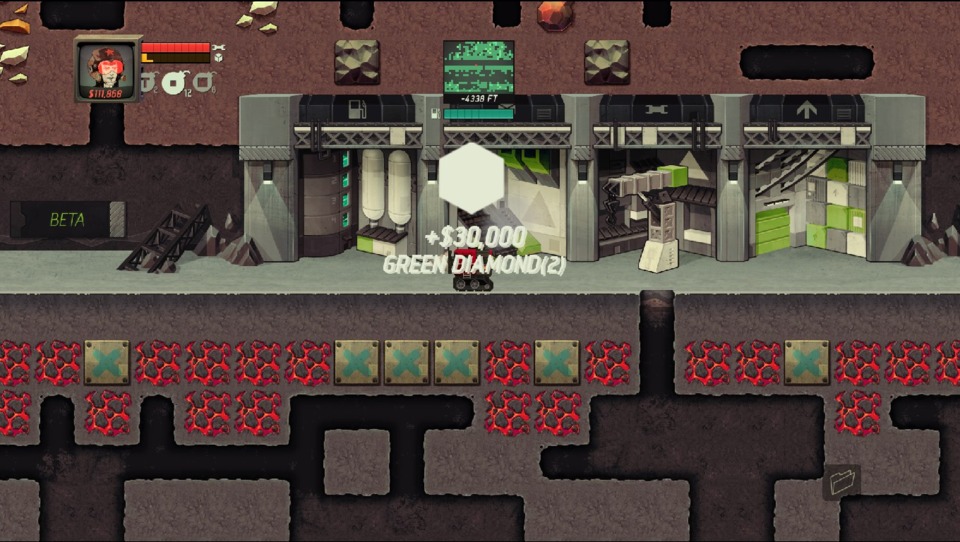
Upgrades tend to involve the expected stuff like maximum health, drill speed, fuel gauge (this fuel is for the drill, rather than your vehicle, so you can still safely head back to base once it runs out) and the speed of your drilling vehicle. Stronger drillheads for breaking through tougher ground are given to you automatically as you make progress. There is also specialized equipment which commands a high price, but include useful boons like drilling through the usually invincible rock and making money from drilling through regular soil. Finally, there are also bombs, which can be bought and found while mining, and these tend to be necessary to emancipate particular high-value ores which are surrounded in otherwise un-drillable rock in little self-contained puzzles.
So I should probably address what got me so steamed at the start of this rundown, huh? Well, this will take some explanation of the late-game, so keep that in mind if you want to go into Super Motherload relatively fresh:
As you dig deeper, you'll occasionally see "forward bases" of the corporation, each dubbed a letter of the Greek alphabet: Alpha, Beta, Gamma, and so forth. Working your way to these bases should be your main priority early on, because it'll take longer and longer to return to the surface with all your ore even if you keep your fuel and storage space upgraded. Each new base, which are around two vertical kilometers apart, provides a new home base to restore fuel and health, drop off all your ores and buy new upgrades. It's not until you reach Delta that you effectively reach the end of the game's willingness to be convenient. Beyond that point, around 8000m down, you're on your own and must return to Delta whenever you get too far and run out of fuel or available storage space. The actual "bottom" of the game, or I suppose I should say the planet's core, is somewhere in the region of 20000m down. That's about ten times further for the final stretch than any previous base to base checkpoint. Add to this the game's "final boss": a particularly pissed-off intelligent alien chicken who happens to be the last scion of the Martian Empire. If you choose to decline his offer of helping him blow up Earth (I demurred - I'm not that much of a Marvin the Martian fan) you then have to race him to the surface by closely following his ship as he makes a serpentine rapid ascent with a rising pool of lava following closely behind. Get too close to his ship, and you take damage from the exhaust; get too far, and you get submerged in the lava and quickly die. If you happen to die at any point in this process, you're dropped off back in Delta base with the limited resources you had upon death, and have to retake that 12000m journey to trigger the end sequence again. After dying twice to that part, I determined that the game is entirely contemptuous of my time and patience, and therefore deserves neither. So now it's gone away. A shame too, because everything up to Delta was fairly engrossing in that sort of repetitive Zen-like way. Well, I suppose I can always boot up Terraria if I get that itch again.
The Verdict: Nooooope.
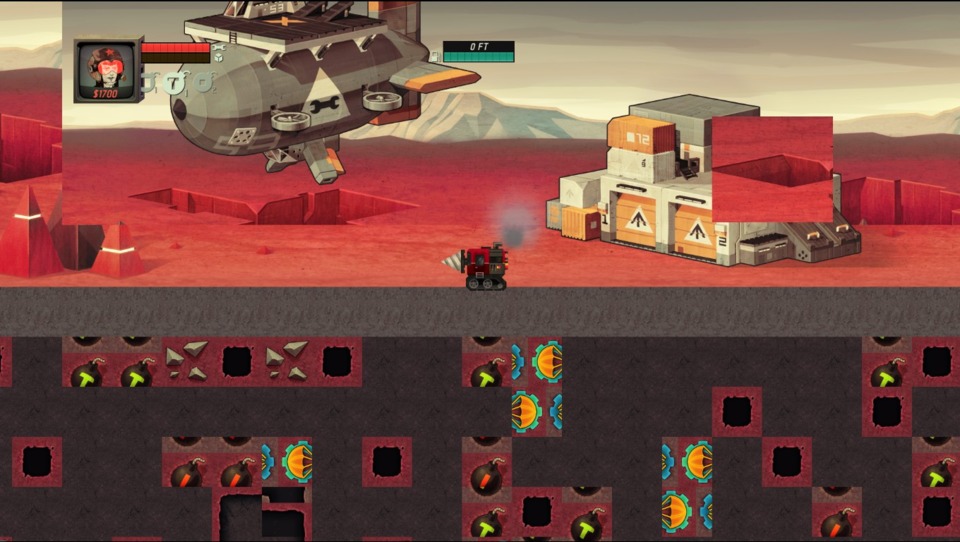

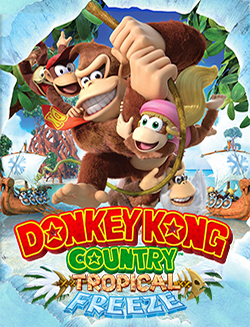
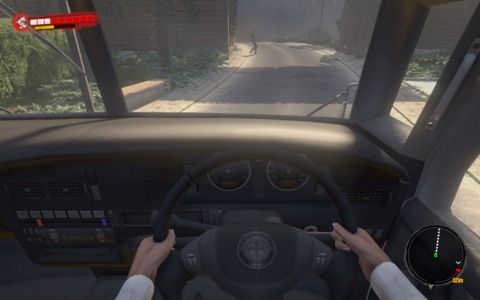
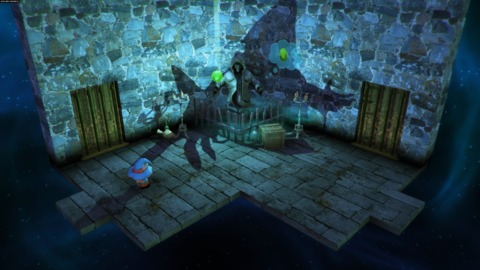
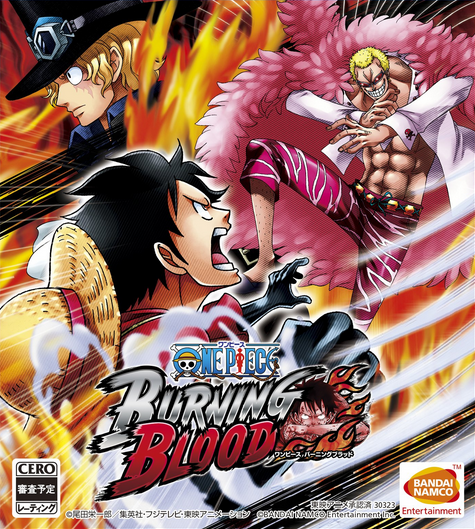
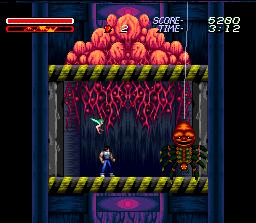

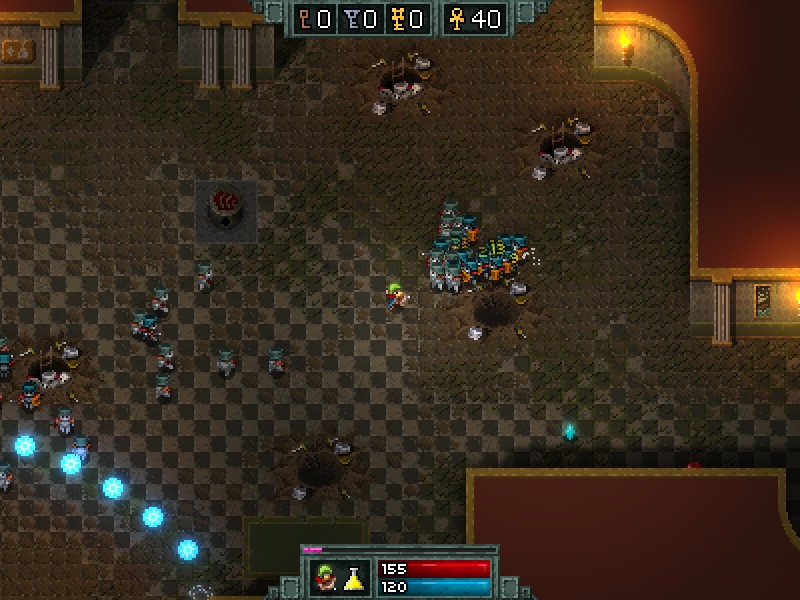
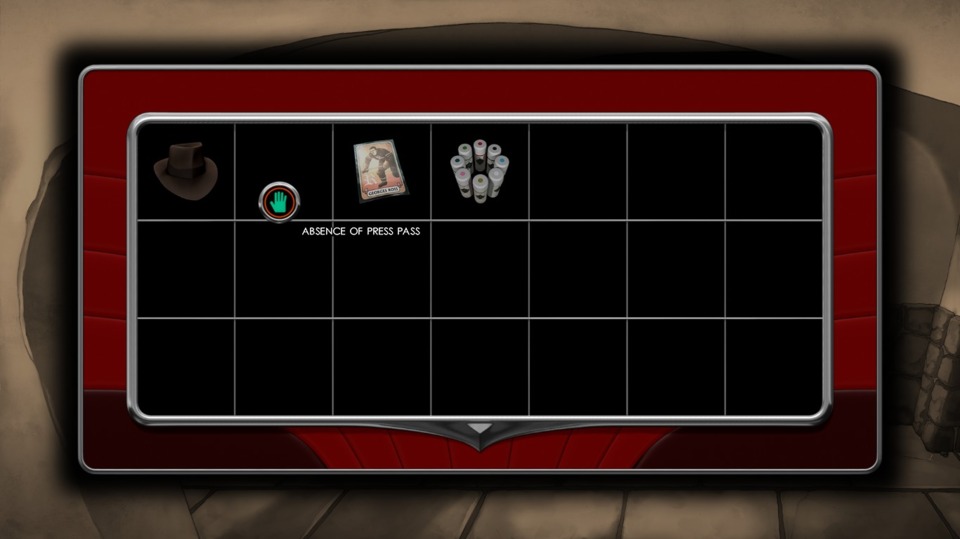
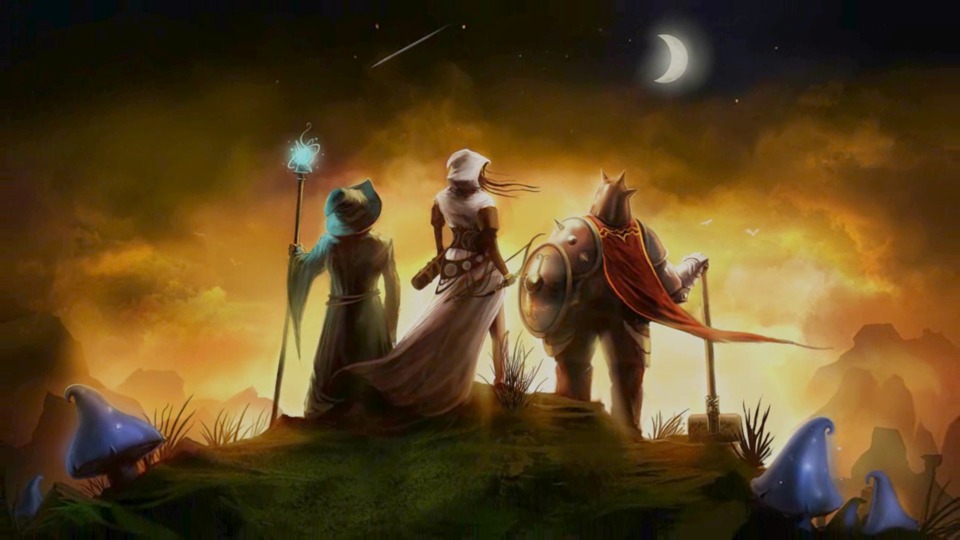
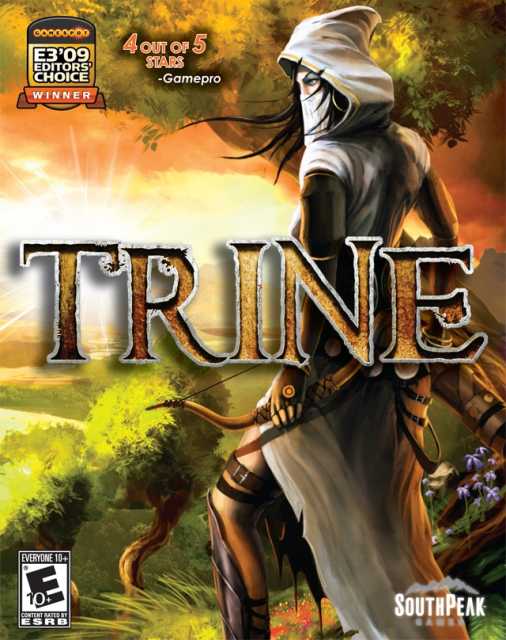
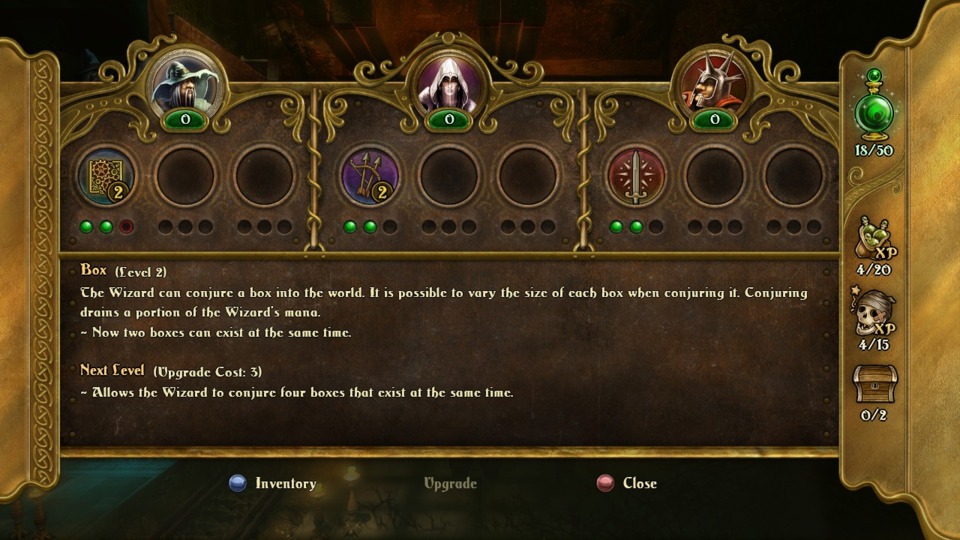




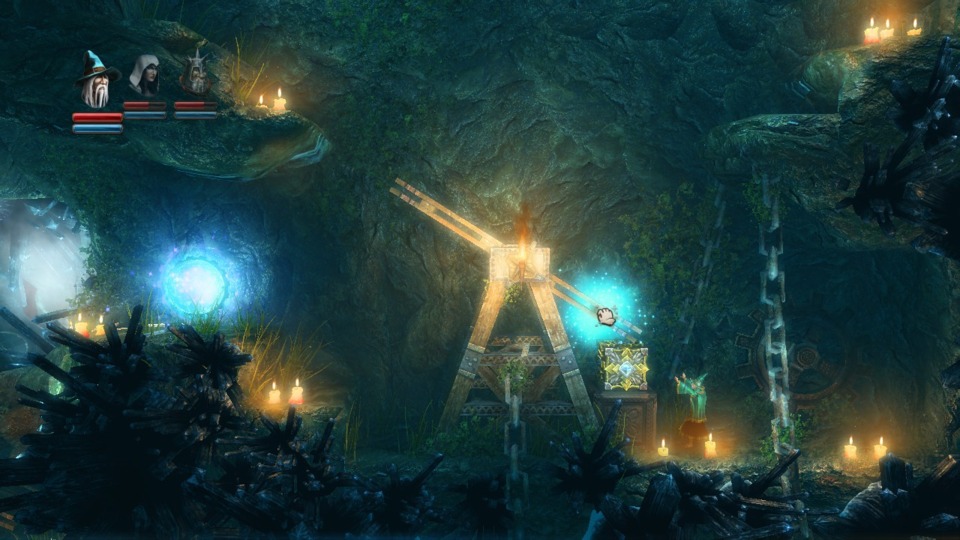
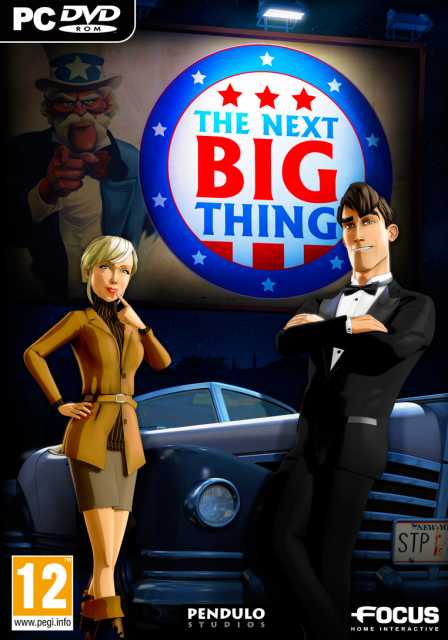
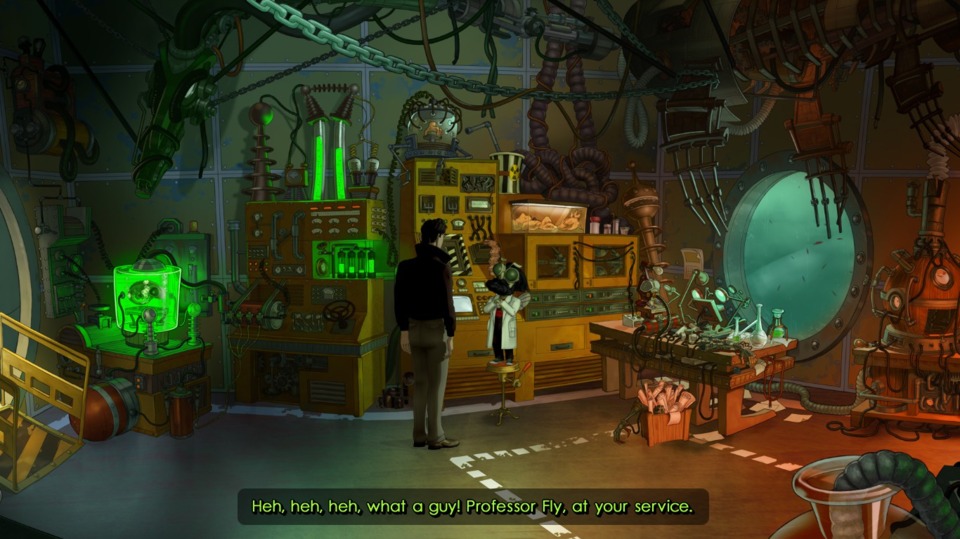

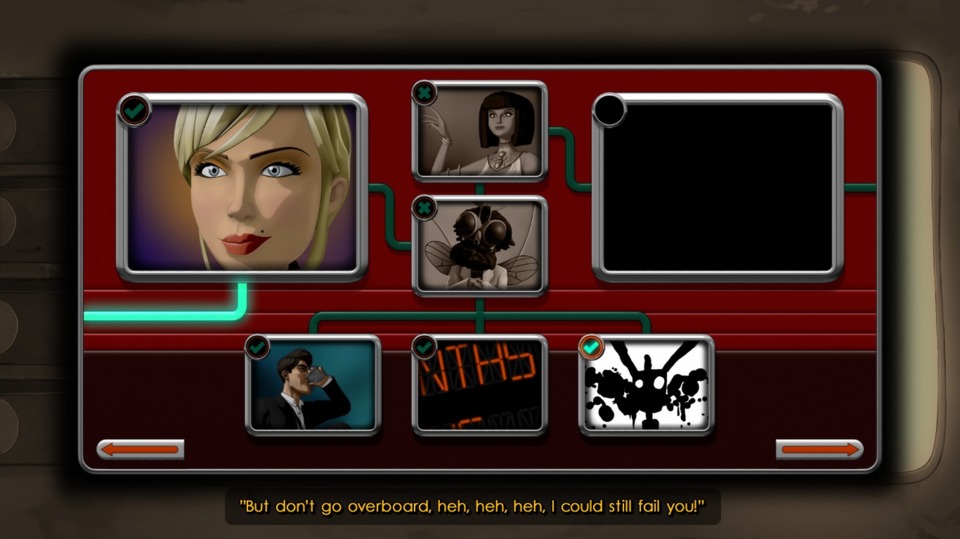

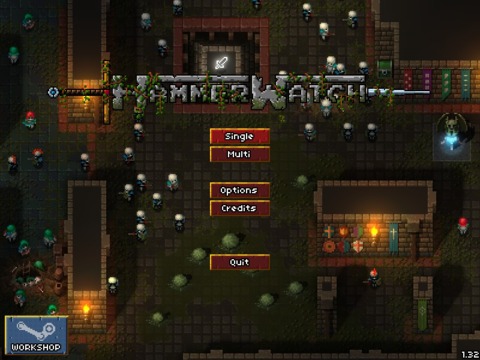
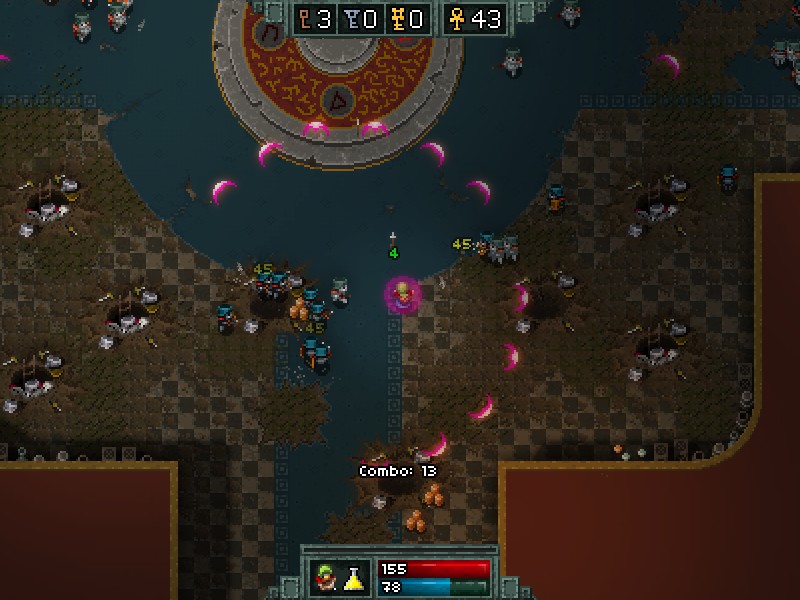
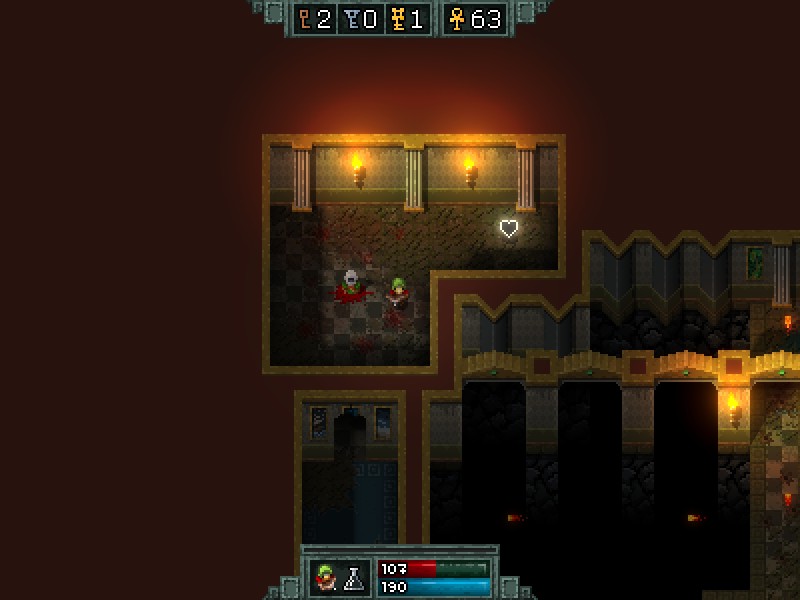
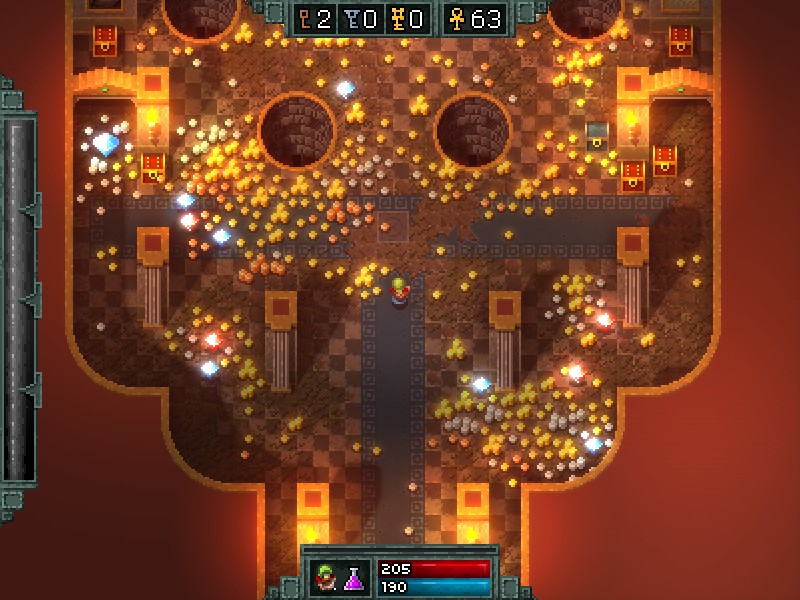
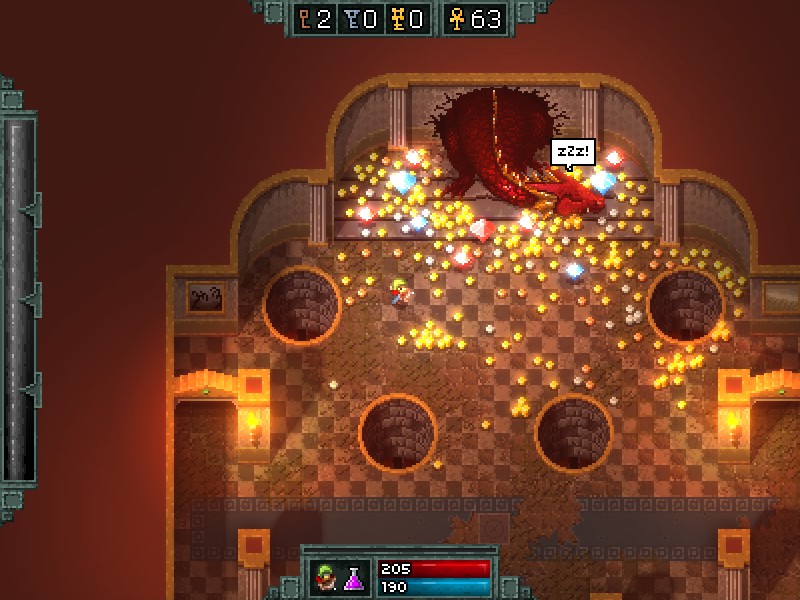
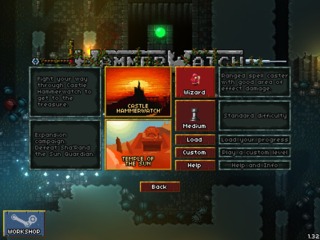


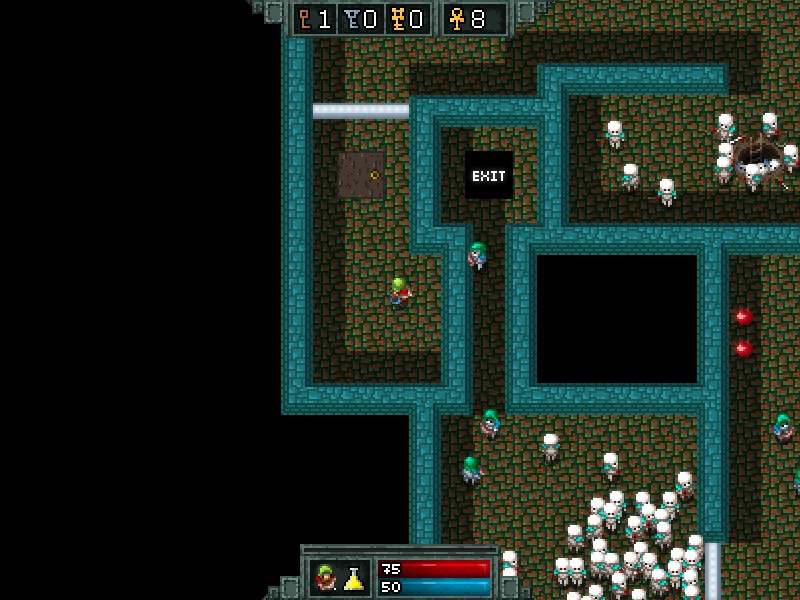
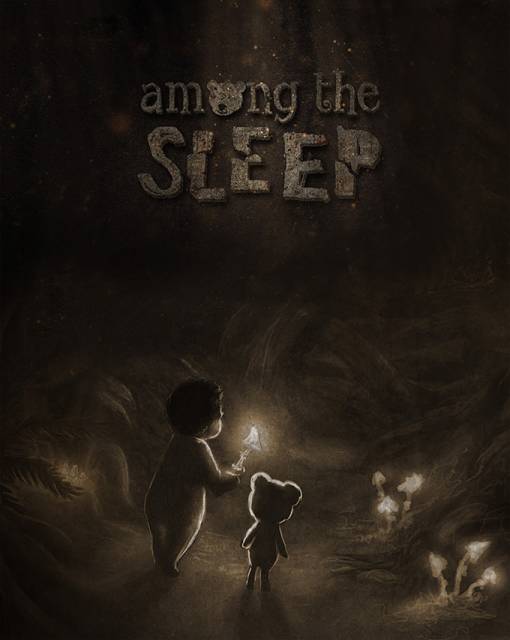
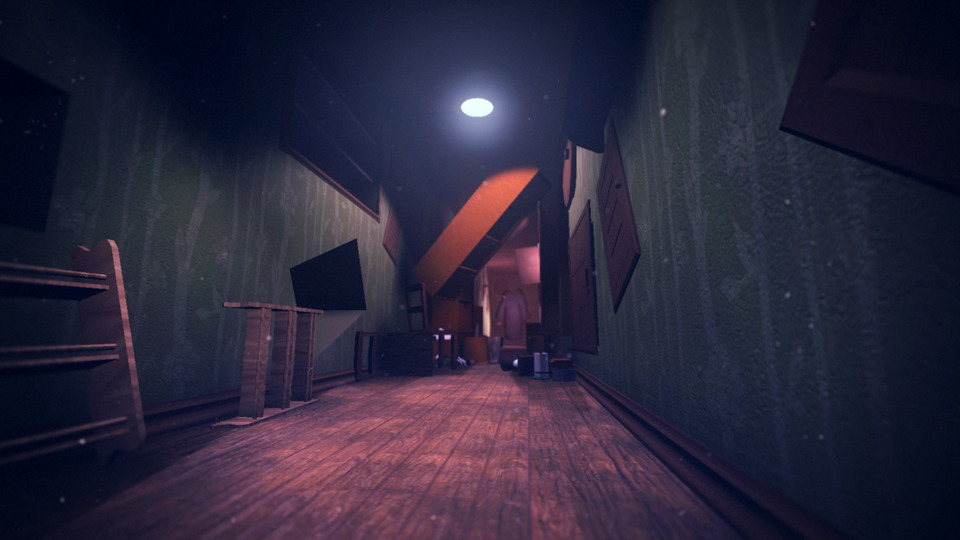
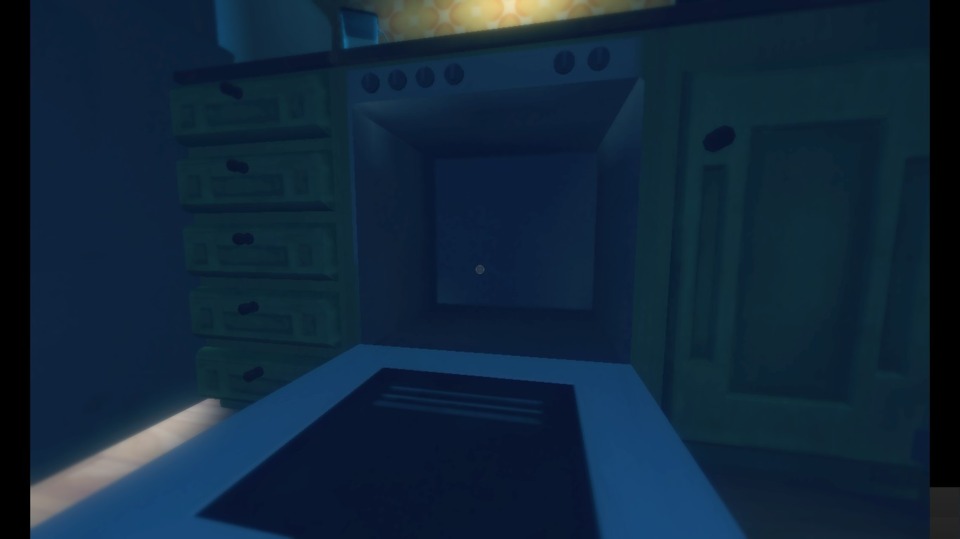
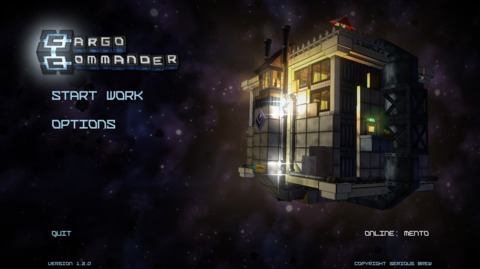
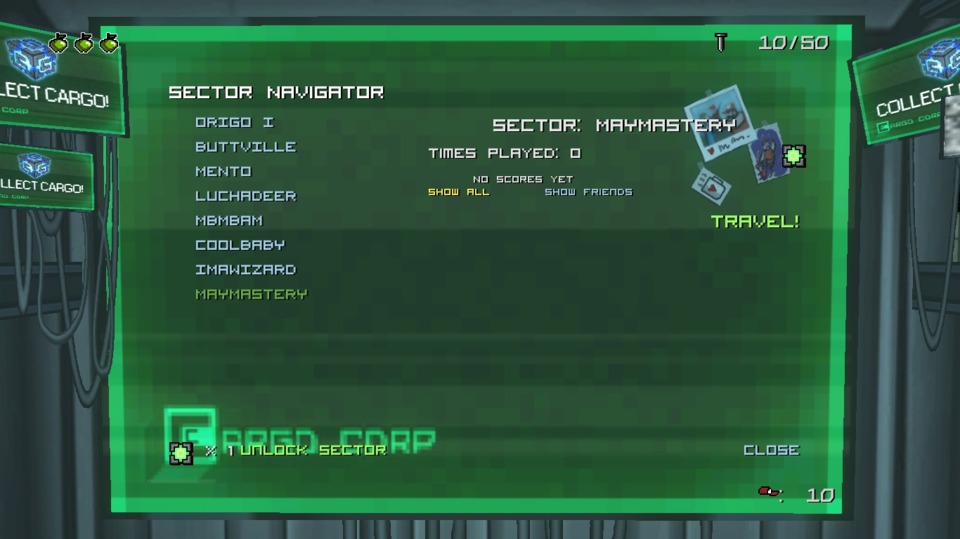
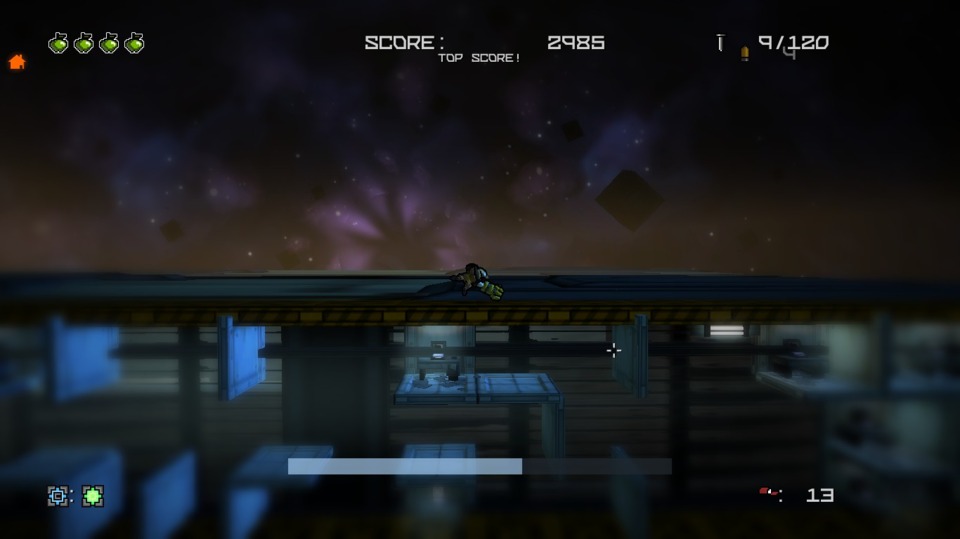
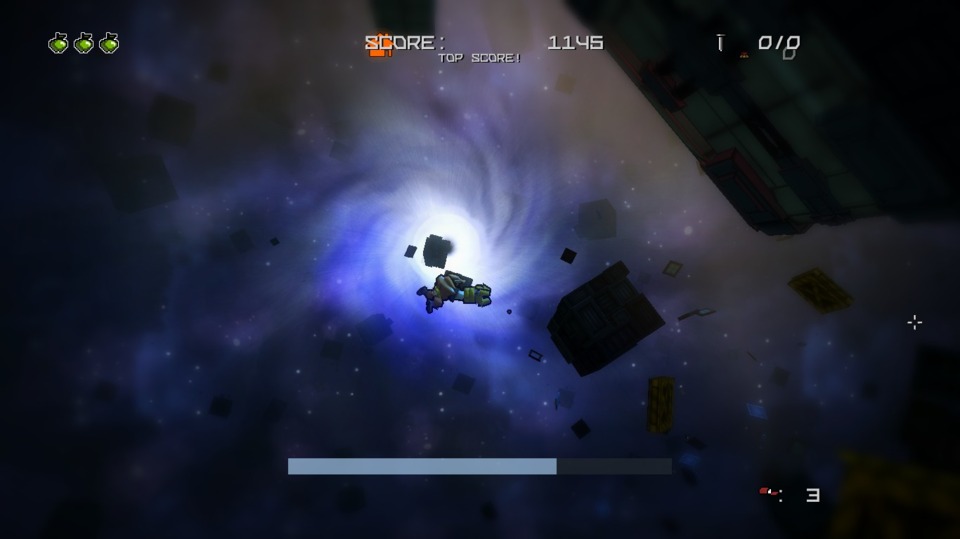
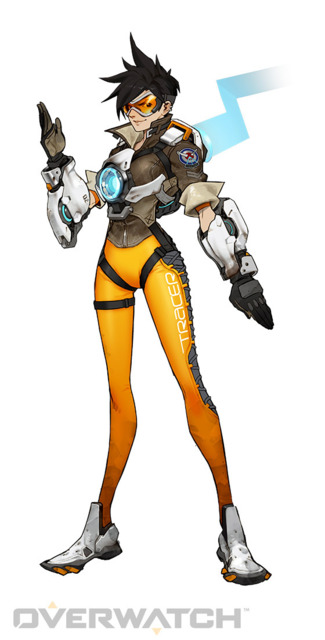
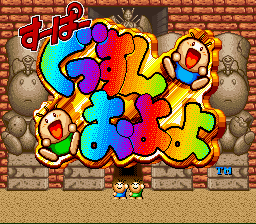
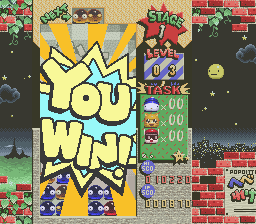
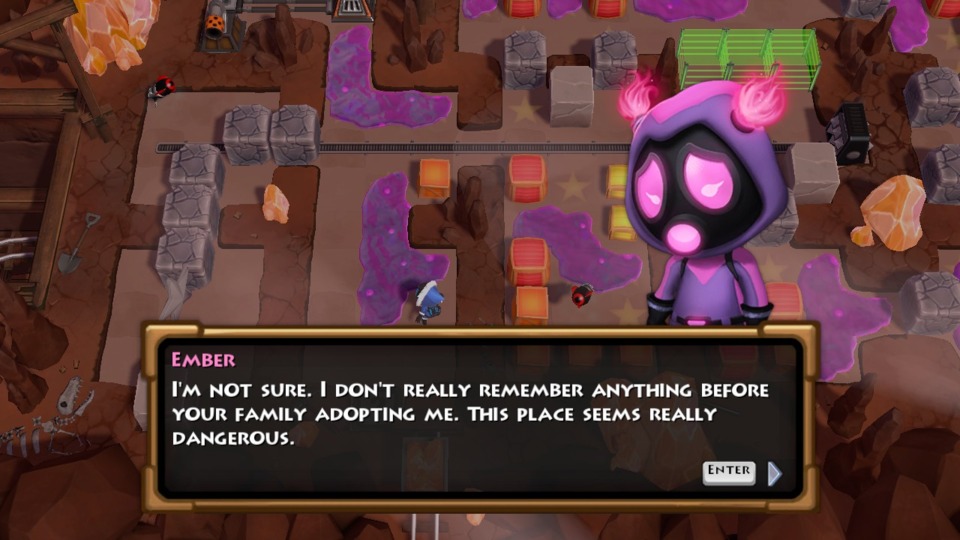
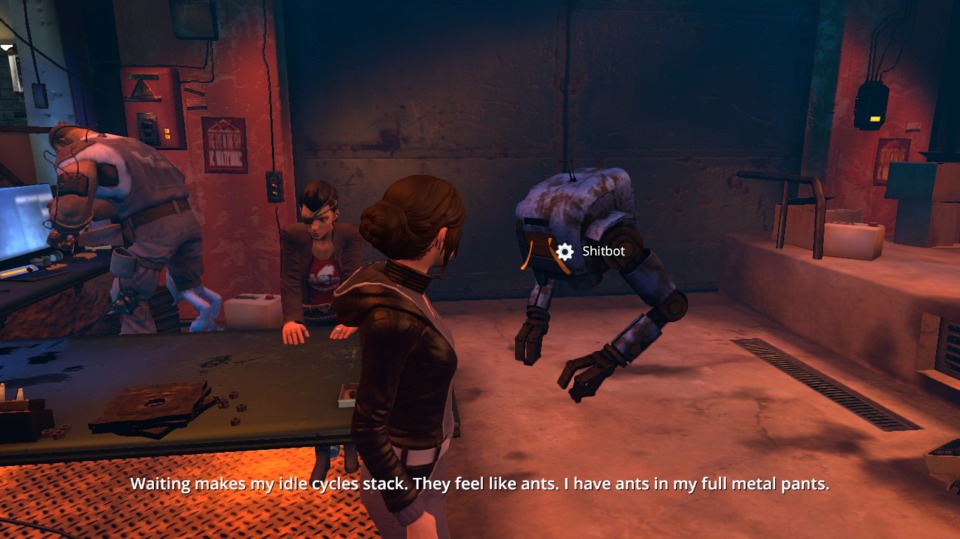
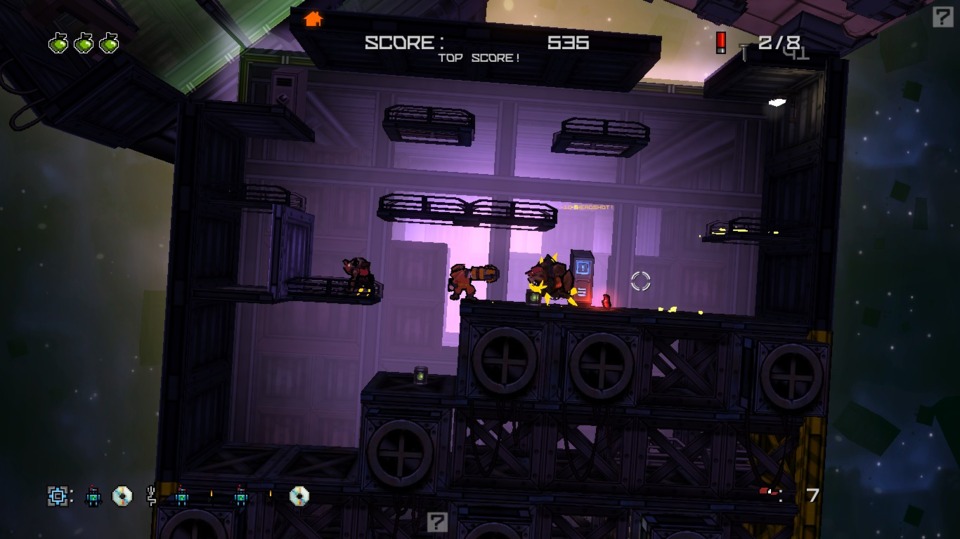
Log in to comment